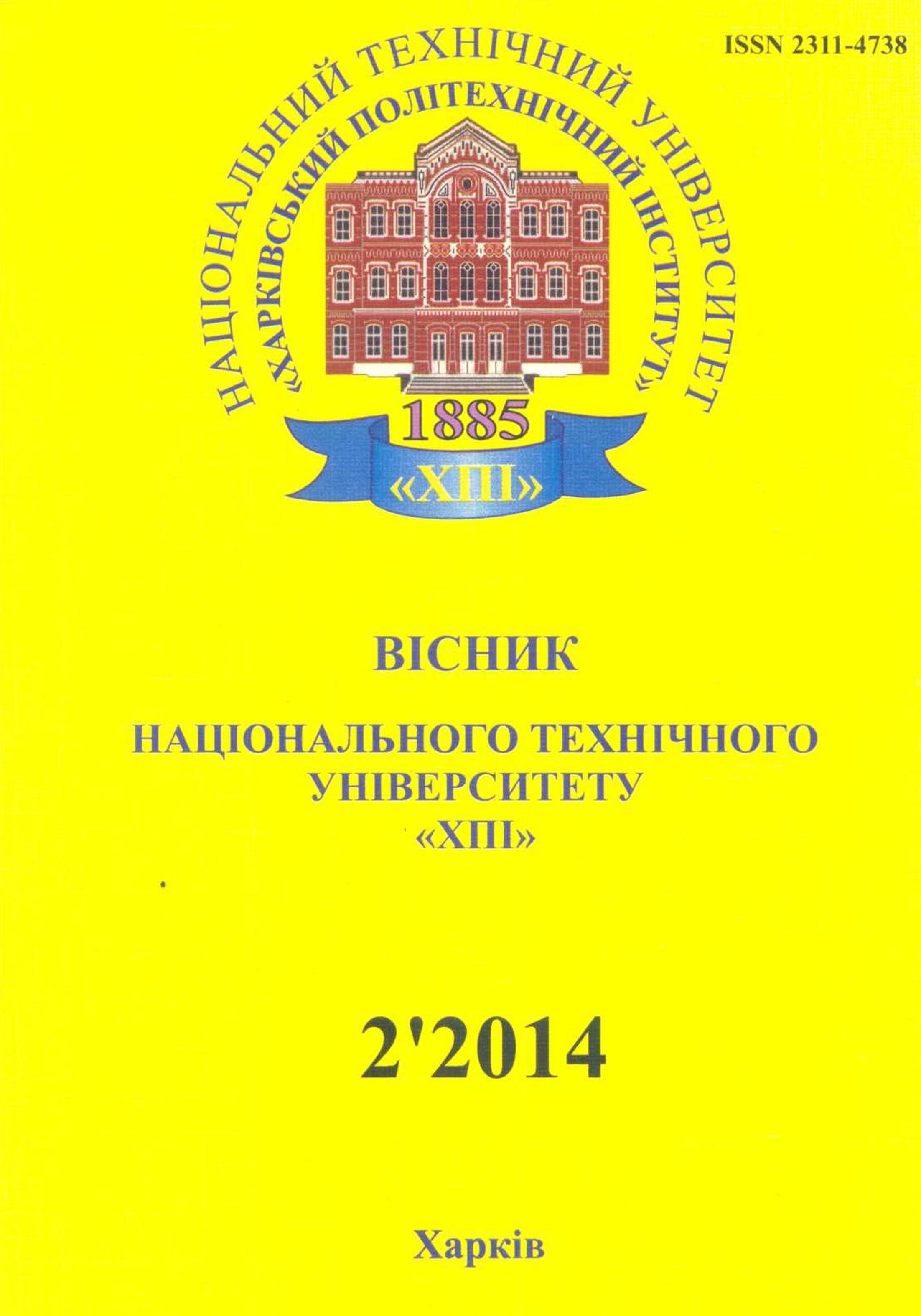FORMING METHOD OF TRUST AREA TRAFFIC OF PROJECT-ORIENTED ORGANIZATIONS
DOI:
https://doi.org/10.20998/2413-3000.2014.1045.20Keywords:
project-oriented organization, strategic objective, space, convolution indicators movement.Abstract
Proposed a method of forming a space project-oriented organizations. This allows us to consider the motion project-oriented organizations, when the portfolio of projects executed.
References
Ансофф И. Стратегическое управление. – М.: Экономика, 1993. - 187 с.
Ярошенко Р.Ф. Моделі класу «рушійні сили-опір» в управлінні фінансуванням та впровадженням проектів: автореф. дис. на здобуття наук. ступеня канд. техн. наук: спец. 05.13.22 ”Управління проектами та програмами” / Ярошенко Руслан Федорович. - К., 2009. - 19 с.
Шахов А.В., Шамов А.В. Моделирование движения организации в целевом пространстве. / Управління розвитком складних систем: Зб.наук.пр. - Київ: вид-во КНУБА ім. В.Даля, 2011. - №7. - с. 68–73.
Репченко О.Н. Полевая физика или как устроен мир. М., Галерия, 2008. – 318 с.
Руденко Е.С., Шамов А.В. Обработка результатов экспертных оценок предприятиями // Проблеми техніки: Науково-виробничий журнал. - Одеса, 2013. - Вип. 2. - с. 52–57.
Downloads
Published
Issue
Section
License
Copyright (c) 2015 Алексей Владимирович ШАМОВ

This work is licensed under a Creative Commons Attribution-NonCommercial-ShareAlike 4.0 International License.
Our journal abides by the Creative Commons copyright rights and permissions for open access journals.
Authors who publish with this journal agree to the following terms:
Authors hold the copyright without restrictions and grant the journal right of first publication with the work simultaneously licensed under a Creative Commons Attribution-NonCommercial-ShareAlike 4.0 International License (CC BY-NC-SA 4.0) that allows others to share the work with an acknowledgement of the work's authorship and initial publication in this journal.
Authors are able to enter into separate, additional contractual arrangements for the non-commercial and non-exclusive distribution of the journal's published version of the work (e.g., post it to an institutional repository or publish it in a book), with an acknowledgement of its initial publication in this journal.
Authors are permitted and encouraged to post their published work online (e.g., in institutional repositories or on their website) as it can lead to productive exchanges, as well as earlier and greater citation of published work.

